Safety Data Sheets
Chemicals, labels and their accompanying Safety Data Sheets are going through some significant changes. Chemical manufacturers responsible for the labelling of their chemical products need to ensure their chemical labels will comply with the Globally Harmonised System of Classification and Labelling of Chemicals. GHS is a set of harmonised global standards developed by the United Nations and designed to standardise chemical classifications and offer users a better understanding on the safe handling and use of hazardous chemicals.
Depending on the type of industry and chemicals used, the appearance of label information needs to be updated to include updated DG (Dangerous Goods) information and visual information such as updated safety pictograms. In some cases, the pictograms need to be two colours, being a red diamond with black print on the inside. It is important to consider not only how these two colour labels will be printed in-house, but also ensuring your labelling software will provide access to all the standard templates for GHS pictograms.
Step 1 - Select the Suitable Product Identifier
A universal unique name or number, otherwise known as a product identifier, classifies hazardous chemicals and allows the product users to identify the hazardous chemical. The product identifier must be the same as that listed in the safety data sheet, and may be identical to the trade name. For compliant labels, it is recommended the product identifier and details of ingredients are grouped together and located at the most prominent position on the label.
Step 2 - Determine the Correct Signal Word
In accordance with GHS the relative level of severity of a hazard is categorised by two signal words, 'Danger' and 'Warning'. The signal word Danger is used for more severe or significant hazards, while Warning is used for less severe hazards.
Signal words should be denoted in bold and uppercase text, and to eliminate confusion only one signal word can appear on the label. For example, if 'Danger' is the signal word used to classify the severity of the chemical, 'Warning' cannot also appear on the label.
Step 3 - Select the Relevant Pictogram Symbols and Hazard Classes
Specific information regarding hazardous chemicals are easily displayed through hazard pictograms. The GHS specifies nine hazard pictograms, regarding physical, health and environmental hazards relevant to the hazardous chemical. To ensure your chemical labels meet compliance standards, hazard pictograms should have a black symbol on a white background with a red border or frame of sufficient width to be clearly visible. Pictograms with a black border may also be used.
Step 4 - Display the Correct Hazard Statement
Hazard statements are standardised text and describe the nature of a hazard, including the degree of hazards where appropriate. A unique hazard statement is assigned to each hazard class and category. Additionally, hazard statements are assigned a unique numerical code that can be used as a reference when translating labels and MSDS's written in different languages.
Step 5 - Determine the Correct Precautionary Statement
Precautionary statements describe the recommended measures that should be taken to minimise or prevent adverse effects resulting from exposure to, or improper storage or handling of, a hazardous chemical. Precautionary statements are assigned to each hazard class and category.
Precautionary statements are separated into five categories:
- Prevention statements refer to precautions to be taken to prevent accidents or exposure
E.g. P234: Keep only in original container - Response statements refer to instructions in case of an accident
E.g. P315: Get immediate medical advice/attention - Storage statements refer to instructions for safe storage of the chemical
E.g. P402: Store in a dry place - Disposal statements refer to appropriate disposal instructions
E.g. P501: Dispose of contents/containers to… (to be specified in accordance with local/regional/national/international regulation) - General statements for use as appropriate
E.g. P102: Keep out of reach of children
Step 6 - Identify Any Other Relevant Information That Might Be Required
The expiry date for a chemical must be provided, where, for example degradation or decomposition of the chemical may occur over time, with the result that the hazard classification of the chemical changes, or where the chemical is no longer within acceptable specifications for potency and stability. Additional information such as reference to SDS product use information may also be an additional requirement.
Step 7 - Select the Appropriate Supplier Details to be Included
The label must include the Australian contact details of the manufacturer or importer. Where available, it's recommended that the following supplier details are also included;
- An emergency phone number, for specific poisons or treatment advice
- The overseas name, address and telephone number of the manufacturer/s or supplier
- A valid website or internet address
- A reference statement to the accompanying safety data sheet i.e. "Additional information is listed in the safety data sheet"
Step 8 - Combine Components and Design the Label Layout
Now the all the mandatory components of a GHS compliant label have been identified, it is time to design the label layout. The size of the label should be large enough to contain all the relevant information and displayed in a style that is easily visible and legible. The text, hazard pictograms, and other information should be of a size and style that is easily legible and is appropriate to the size of the label and container.
The following table is provided as a guide for the minimum dimensions for hazard pictograms and size of text for chemical containers of various capacities:
Simplified Software Solution
BarTender software is a simplified solution for printing labels that comply with the GHS standards. BarTender can be easily integrated into existing systems and adapts to meet the global regulations and business demands of the chemical industry, providing increased labelling accuracy and helping improve efficiencies throughout the supply chain. BarTender has a range of sample GHS documents and templates which can be modified to suit your specific needs, and be used as a starting point to create your GHS compliant labels.

